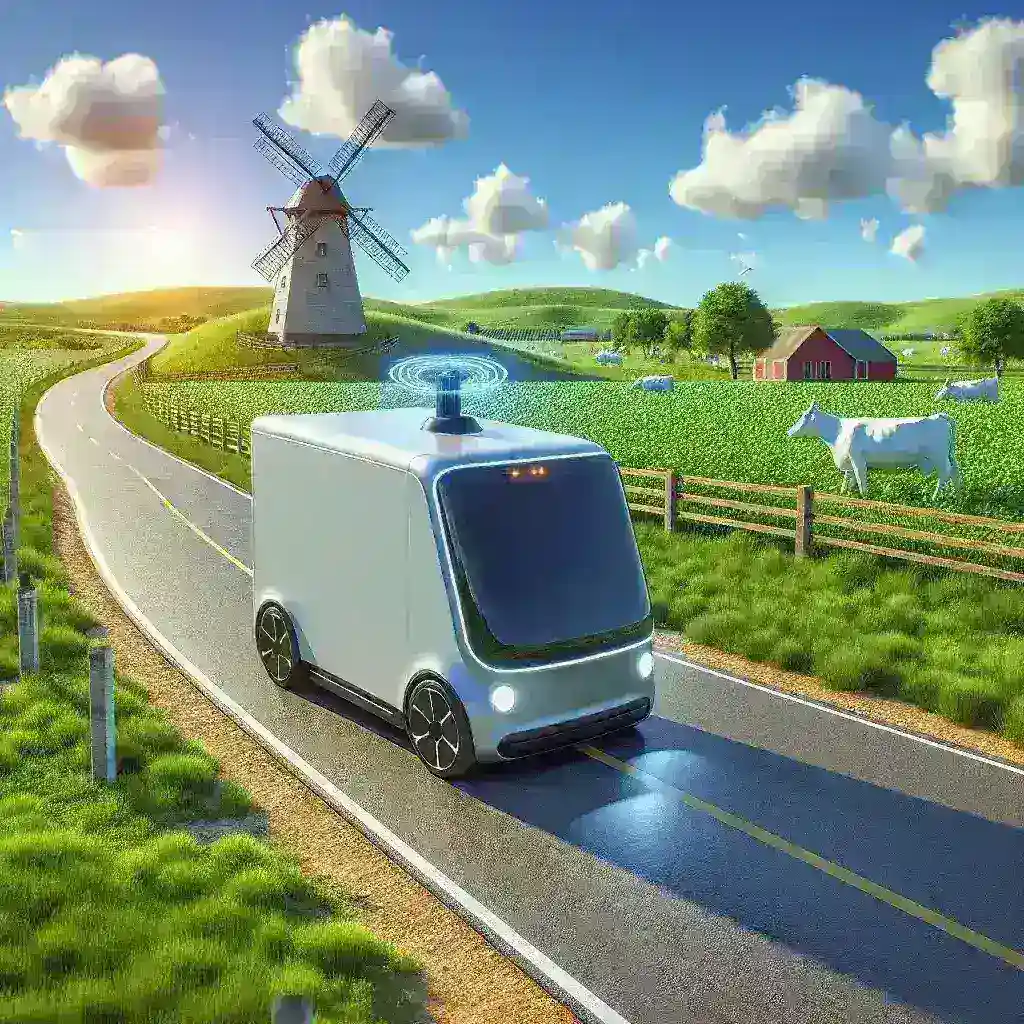Introduction
The United States Postal Service (USPS) is embarking on an innovative journey as it expands its autonomous delivery vehicle pilots to rural routes. This strategic move aims to enhance delivery efficiency, reduce operational costs, and improve service quality in underserved areas. In this article, we will explore the implications of this expansion, the technology involved, and what it means for the future of mail delivery in America.
The Rise of Autonomous Delivery Vehicles
Autonomous delivery vehicles (ADVs) have garnered significant attention over the past few years due to advancements in technology and their potential to transform logistics. These vehicles are equipped with sophisticated navigation systems, sensors, and artificial intelligence algorithms that allow them to operate without human intervention. As e-commerce continues to thrive and consumer demands evolve, the need for innovative delivery solutions has never been more pressing.
Historical Context
Historically, the USPS has faced challenges in maintaining efficient delivery systems, especially in rural areas where traditional delivery methods can be costly and time-consuming. The implementation of autonomous delivery vehicles is not only a response to these challenges but also a step towards modernization. By leveraging technology, USPS is positioned to address the unique needs of rural communities while ensuring timely mail delivery.
Current Pilot Programs
USPS has been testing autonomous delivery vehicles in select urban areas for some time now. The initial pilots focused on urban logistics, aiming to reduce the delivery burden on postal workers and streamline operations. With the success of these initial trials, USPS is now expanding these pilots to rural routes, recognizing that rural communities often experience delays in service due to geographic and logistical constraints.
Key Features of the Autonomous Delivery Vehicles
- Advanced Navigation Systems: These vehicles are equipped with GPS and LIDAR technology that enables them to navigate complex environments autonomously.
- Real-Time Data Processing: Utilizing artificial intelligence, the vehicles can analyze data in real-time to adapt to changing conditions and avoid obstacles.
- Energy Efficiency: Many ADVs are electric, which aligns with the USPS’s commitment to sustainability and reducing carbon emissions.
Benefits of Expanding to Rural Routes
The expansion of autonomous delivery vehicles to rural routes offers numerous benefits:
Enhanced Delivery Speed
One of the primary advantages is the potential for faster delivery times in rural areas. Traditional delivery methods may take longer due to the vast distances and fewer postal workers available. Autonomous vehicles, however, can operate continuously, ensuring that packages are delivered promptly.
Cost Reduction
Utilizing autonomous vehicles can significantly reduce operational costs associated with human labor, fuel, and vehicle maintenance. This is particularly important for USPS, which has been grappling with financial challenges in recent years. By lowering costs, USPS can allocate resources more effectively, ultimately benefiting consumers.
Improved Accessibility
Rural communities often face challenges related to delivery accessibility. The deployment of autonomous delivery vehicles means that even the most remote areas can receive packages without delay. This increased accessibility is crucial for residents who rely on mail services for essential goods and services.
Challenges and Considerations
While the expansion of autonomous delivery vehicles presents numerous benefits, it is not without challenges.
Regulatory Hurdles
The deployment of autonomous vehicles on public roads requires navigating a complex regulatory landscape. USPS must work closely with federal, state, and local authorities to ensure compliance with laws and regulations governing autonomous vehicle operations.
Public Acceptance
Gaining public acceptance is another hurdle. Many people may be skeptical about the reliability and safety of autonomous vehicles. USPS will need to engage communities and educate them about the technology to build trust and support.
Future Predictions
As USPS rolls out its autonomous delivery vehicle pilots to rural routes, the future of mail delivery is poised for transformation. Here are some predictions:
Increased Integration of Technology
We can expect further integration of technology in the logistics sector. Improvements in AI, machine learning, and robotics will enhance the capabilities of autonomous delivery vehicles, making them even more efficient and reliable.
Expanded Service Offerings
With the success of ADVs in rural areas, USPS may explore additional service offerings, such as same-day delivery for rural residents and enhanced package tracking features.
Collaboration with Other Entities
USPS may partner with technology firms and other logistics companies to accelerate the development and deployment of autonomous delivery solutions, leveraging expertise and resources for better outcomes.
Conclusion
The expansion of autonomous delivery vehicle pilots to rural routes by USPS marks a significant milestone in the evolution of mail delivery services. By embracing technological advancements, USPS is not only addressing current operational challenges but also positioning itself for a more sustainable and efficient future. As this initiative unfolds, it will be crucial to monitor its progress and adapt to the changing landscape of logistics and delivery services. With the potential to revolutionize rural mail delivery, the future looks bright for USPS and the communities it serves.

